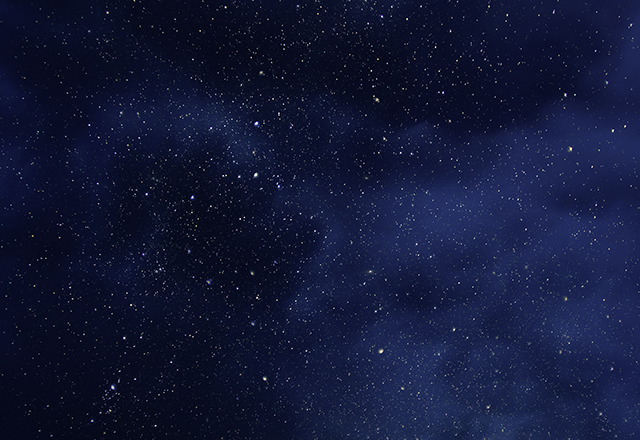I have never wanted to be an astronaut. The idea of hurtling upward in a rocket ship, crashing through the Earth’s atmosphere, and launching into the weightless, densely black sky with the knowledge that you might never return makes me feel a certain loneliness. Yet when friends and family ask what it’s like to do neuroscience, I tell them that it feels like looking through a window into outer space. I study neuroscience using a virus that causes neurons to light up when they are active, and detect those minute changes using a microscope. This means that I sit in the dark, watching a dim, grainy screen, waiting for the sudden streak of light as a neuron’s cell body is suddenly illuminated brilliantly bright. In a moment’s time, I can see up to a hundred neurons bursting into view in concert, and then fading back into darkness.
The fluorescent protein that we use to track these changes in activity is a calcium indicator called GCaMP. GCaMP only fluoresces in the presence of calcium, therefore neurons that express this protein light up during an action potential as calcium rushes into the cell. This gives us a readout of their activity. We engineer neurons to express GCaMP using an adeno-associated virus vector, which is a virus that has been modified to carry only the GCaMP gene, such that when it infects a neuron, it transfers the genetic information to make that protein to the cell.
The nature of our procedure is that we are only able to express GCaMP in a small region of the brain, often less than a millimeter. Sitting in the cool, dark room watching the monitor, navigating through the planes of cells, feels like driving a space rover on a mission to find the perimeter of measurable neural activity. Beyond that perimeter, the screen is simply black — the microscope’s objective hovers over unmarked cortex, the perceptible unknown.
When I say that peering into the brain feels like navigating through the universe, I am hoping to capture a sense of wonder. But that feeling of wonder is also one that is often accompanied by a lonely smallness. I can remember being at home on an unusually hot day in May, amid an unusual density of my extended family, pressed to answer the “so what” question. Will my research cure Alzheimer’s? Parkinson’s? Depression? Traumatic brain injury? Stroke? Their anguish hung palpable in the humid air, echoing in the space of everything we do not know as I answer: Will I? Will this? Probably not.
So what keeps us going, day after day? For me, it changes. Some days, of course, it is the science — that brief moment of discovery, no matter how small, or the incredible relief when something works for the first time. But in the days in between, it’s the people. Dancing down the hallways, talking about what we’ve read, scribbling on whiteboards, bizarre senses of humor — a community of the curious, a commitment to the future, a sense of belonging. Tomorrow is another chance. And we’ll face it together.
